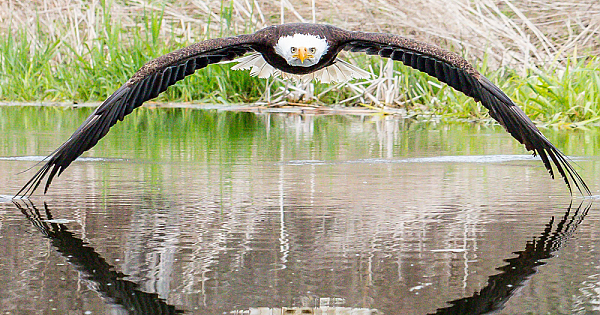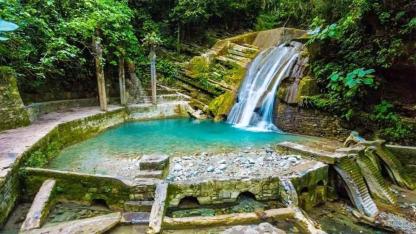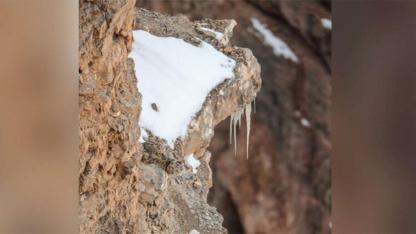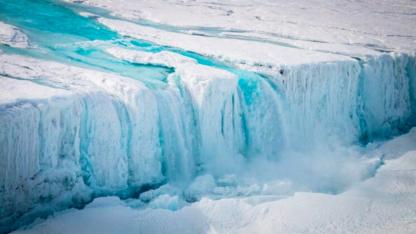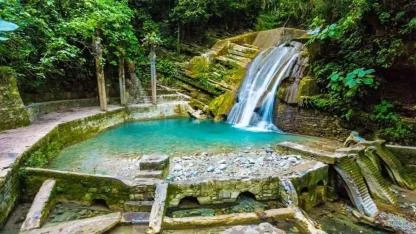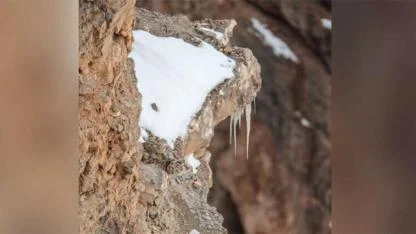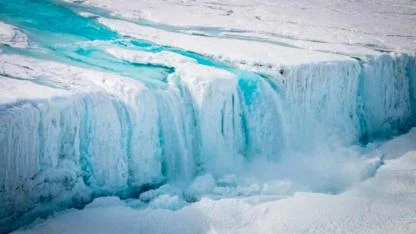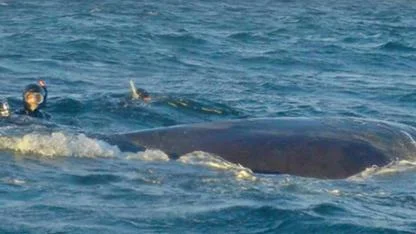Amateur Photographer Captures Amazing Photo Of Bald Eagle
Steve Biro snapped the image of the bald eagle at the Canadian Raptor Conservancy in Ontario. "He's squared up perfectly, both wings are touching the water," he told the BBC. "That [photograph] was the one that struck me as as little more special than the others. But I still didn't even know how it would resonate with people."
Yayınlanma :
08.07.2019 00:40
Güncelleme
: 08.07.2019 00:40

